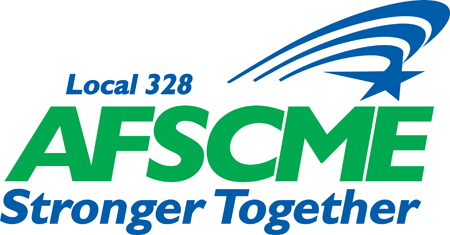Understanding the “Time Served” Credit and “Range Push”
When the contract was wrapped up at the end of bargaining there were still a couple of finishing touches that needed to be put on it with a Letter of Agreement. One of the outstanding issues was the “time-served” credit that is to be applied to employees who are at the top step of the pay range at the time the “range push” goes into effect. It took about three weeks after bargaining concluded to wrap up the LOA and get it signed by all parties.What is this and how will it work?
- Effective the first full pay period in January, all bargaining unit employees enrolled in UPP will receive a 6% increase.
- At the same time, OHSU will stop making the 6% retirement pick up contribution for UPP.
- Employees enrolled in UPP will be able to immediately place their 6% raise back into a pre-tax retirement instrument or keep it as a wage increase.
OK so far? If you need more information about the pre-tax retirement option, you may contact the OHSU Benefits office. Part of our agreement is that OHSU will have financial counseling available for members during the transition.
- At the same time that the retirement changes are happening, all pay ranges will be increased 5% at the bottom and 6% at the top — this is the “range push.”
- Only the pay range will move. Everyone’s wages will remain the same, with one exception. Employees enrolled in UPP will have received the 6% increase to offset their retirement changes; however, PERS employees may still find themselves within 5% of the bottom of the pay range.
- If you are within 5% of the bottom of the pay range, you will get whatever raise it takes to keep you within the range after the push.
- For example, if you are at the very bottom of the range, you will get a 5% increase.
- If you are 4% above the bottom of the range, you will get a 1% increase.
- If you are 5% or more above the bottom of the range your wage will not change.
- If you are within 5% of the bottom of the pay range, you will get whatever raise it takes to keep you within the range after the push.
- The top of the pay range will increase by 6%.
- Everyone will have a potential additional 6% to grow when they top out.
- If you are at the top of the range, you will have been earning time toward the day when you will jump to the longevity step (which happens after you have been topped out for five years).
- After the push, you will find yourself 6% below the top of the range, with four years of increases before you get back to the top.
- When you get back to top of the range, the “time-served” LOA provides that whatever time you earned toward moving to the longevity step will be restored to you. For example, if you were topped out for four years before the “range push,” you will be considered to have four years at top step when you get back to the top of the range.
- If you are at the longevity step, you will find yourself back within the pay range, with two anniversary increases coming in the next two years to get back to the top of the range. You will then begin the five-year count to move to the longevity step again, although you be making 3% more at top of the new range than you would have made at longevity before the "range push."
- When the dust settles, members at the bottom of the range, the top of the range and the longevity step will all get pay increases larger and more frequently than they would have gotten before the push. Everyone else will see no change, but will have 6% more wage growth available to them.
Remember: these changes will go into effect the first full pay period in January 2016. We urge UPP-enrolled members to learn about their pre-tax retirement-contribution options and to take advantage of them if they want to be held harmless when the time comes to retire.
